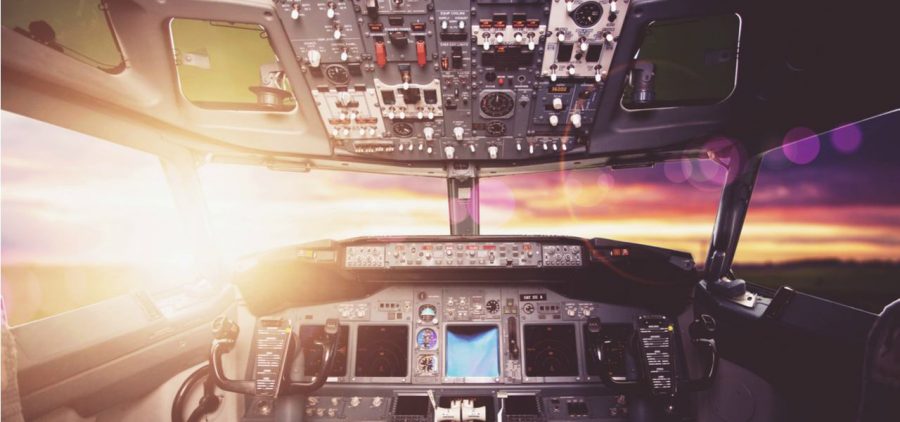Self Flying Planes and the Future of Air Travel
Ellis, Claire. “Self-Flying Planes and the Future of Air Travel.” Self-Flying Planes and the Future of Air Travel, www.aircharter.co.uk/about-us/news-features/blog/self-flying-planes-and-the-future-of-air-travel.
In recent years and in years to come car and technology companies have designed and built a “flying taxi.” This flying taxi as of January 2021, has been tested to the point of taking off and landing back down. Now as simple as it may seem, in one year this model went from paper to flying. This model is called “The Boeing autonomous aircraft.” it is designed to take people where they want to go, faster than a car and without a driver/pilot. Another model is called “Airbus’s Vahana pilotless plane.” Vahana is a battery-powered, single-seater, aircraft that can reach up to 99 mph and can travel up to 35 miles. Like Boeing, it takes off vertically but its wings rotate after take-off, allowing it to fly like a plane. Unlike Boeing witch is designed to fly a single passenger, Vahana is trying to team with uber and taxi serves allowing whole families to travel together.
As cool as this may seem, there are many problems/flaws with this new advancement in air travel. For one, many airlines require to have 2 pilots in the craft at once to ensure the safety of the passengers. And the fact that there are no certified single pilots means that when these aircraft are open to the public, airlines will not use them until they have been used and proved to the people that they are safe. This means the companies that built these crafts will have to start their own airline or actually find one that is willing to take in the new advancement right off the bat which is very unlikely.
Once these aircrafts are in the world for a while and have been tested by the public then airlines will start accompanying them to their business. Pilots are now being trained to fly by themself because once this new advancement takes flight, the need for multiple pilots will vanish. Even though these aircrafts can fly without a pilot it is still a good idea to have at least one onboard just in case something goes south. With this new era of self-flying planes being able to fly from place to place with only one pilot, the number of planes that are available to the public will increase because we have more pilots that can fly single handedly. Therefore the cost of flying will first increase but eventually decrease because there are more available planes that the public can use. So instead of booking a flight 1-2 months beforehand, you can book a flight 1-2 weeks before taking off.
These new aircrafts will be very important to our growing society and furthermore advancement in technology.
For more information click here.











